-
ADD-ON SONG FILES OPTION
WE BUY THE SONGS FOR YOU.
- FIND THE SONGS ON ITUNES, AMAZON, OR BANDCAMP.
- MAKE SURE THEY ARE AVAILABLE IN A FORMAT WE CAN UTILIZE. (M4A, MP3, WAV)
- COPY ALL THE INFO ( EXACT SONG TITLES OF VERSION CHOSEN) TO A DOCUMENT (WORD, TEXTEDIT) WITH THE SONG ORDER SPLIT BETWEEN A-SIDE AND B-SIDE. PLEASE SEE LISTING FOR EXAMPLE.
- USE THE RUN-TIME CALCULATOR TO CHECK TOTAL RUN TIMES FOR EACH SIDE: 33 RPM = 22 MINUTES MAX PER SIDE, 45 RPM = 14 MINUTES PER SIDE.
- DO NOT SEND PLAYLIST FROM A STREAMING SERVICE (SPOTIFY, APPLE MUSIC, AMAZON STREAMING, DEEZER, ETC).
-
SONG FILE FORMATS WE CAN ACCEPT
WE CAN USE ONLY LEGALLY PURCHASED SONG FILES FROM ITUNES (NOT APPLE MUSIC!), AMAZON, OR BANDCAMP. WE CANNOT USE ANY FILES THAT END IN .m4p, or .flac OR HAVE REACHED THEIR COPY LIMIT, SO PLEASE MAKE SURE YOU HAVE RECENTLY PURCHASED THE FILES YOU UPLOAD TO PREVENT DELAYS. NO PLAYLISTS FROM ANY STREAMING SERVICES PLEASE (YOU CANNOT SEND A PLAYLIST FROM SPOTIFY, APPLE MUSIC, AMAZON STREAMING, TIDAL, ETC.)
-
Mastering
Mastering is a process of taking the existing song files and using audio tools to maximize the allowable level and the standard of equalization (EQ) necessary for the playback of the vinyl using a consumer turntable. This means that very deep lows and extreme highs in the music must be tempered and maximum level controlled so that the needle doesn’t jump out of the grooves on playback.
Notes on Sound Quality
The space for music on each side of the record is finite, only a certain number of grooves will fit. With a shorter run-time, like 18 minutes per side, there is more space for the grooves, so the cut can be a little louder and have deeper grooves which means there can be more low-end bass information. The longer the run-time, the shallower and more closely spaced the grooves need to be, so at the maximum run-time of 22 minutes per side, the sound will still be very good, and depending on your playback system, you may not notice the difference.
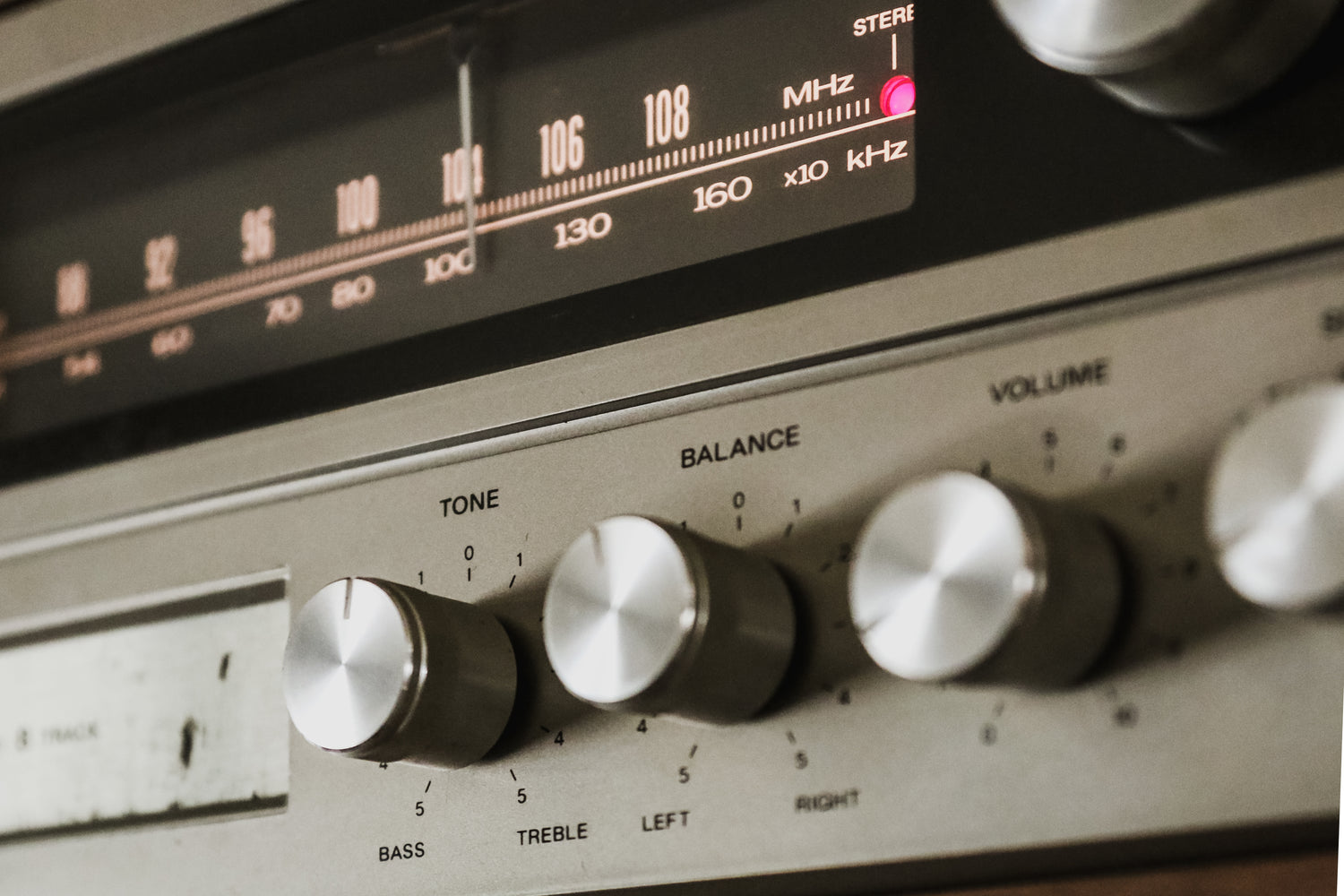
Adjusting Sound Levels
Vinyl has limitations on how loud or quiet the songs can be. If the track is too loud, it will cause distortion and the stylus can jump out of the groove. If the track is too quiet it will have a high noise floor and you’ll hear more of the noise than the music. The mastering engineer will set the levels so all the tracks are even with each other and at an optimized overall level for vinyl.
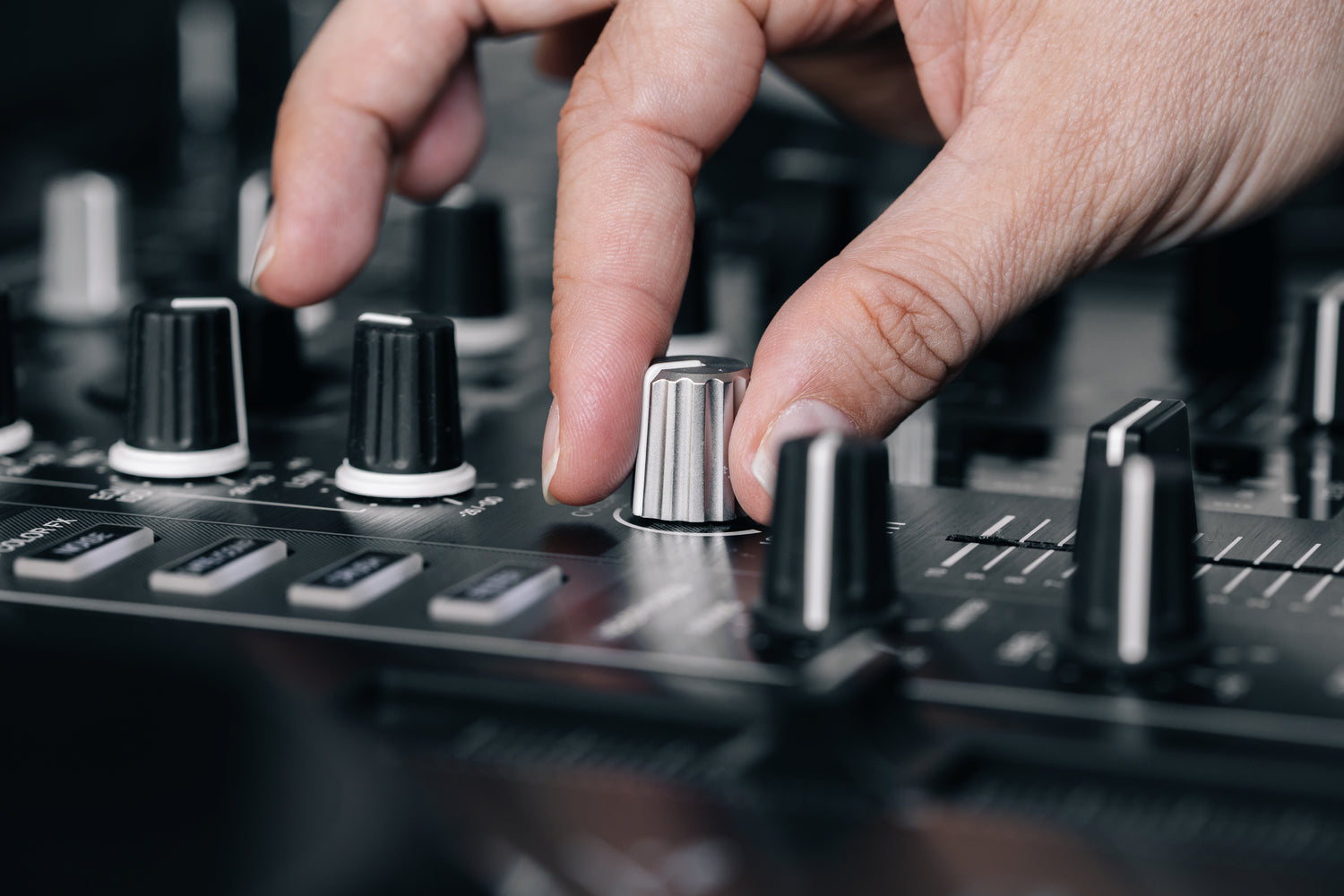
Balancing Left and Right Channels
Vinyl records have grooves that represent both left and right audio channels. If one side has too much sound compared to the other, it can cause playback problems. The mastering engineer makes sure the audio is well-balanced between left and right.
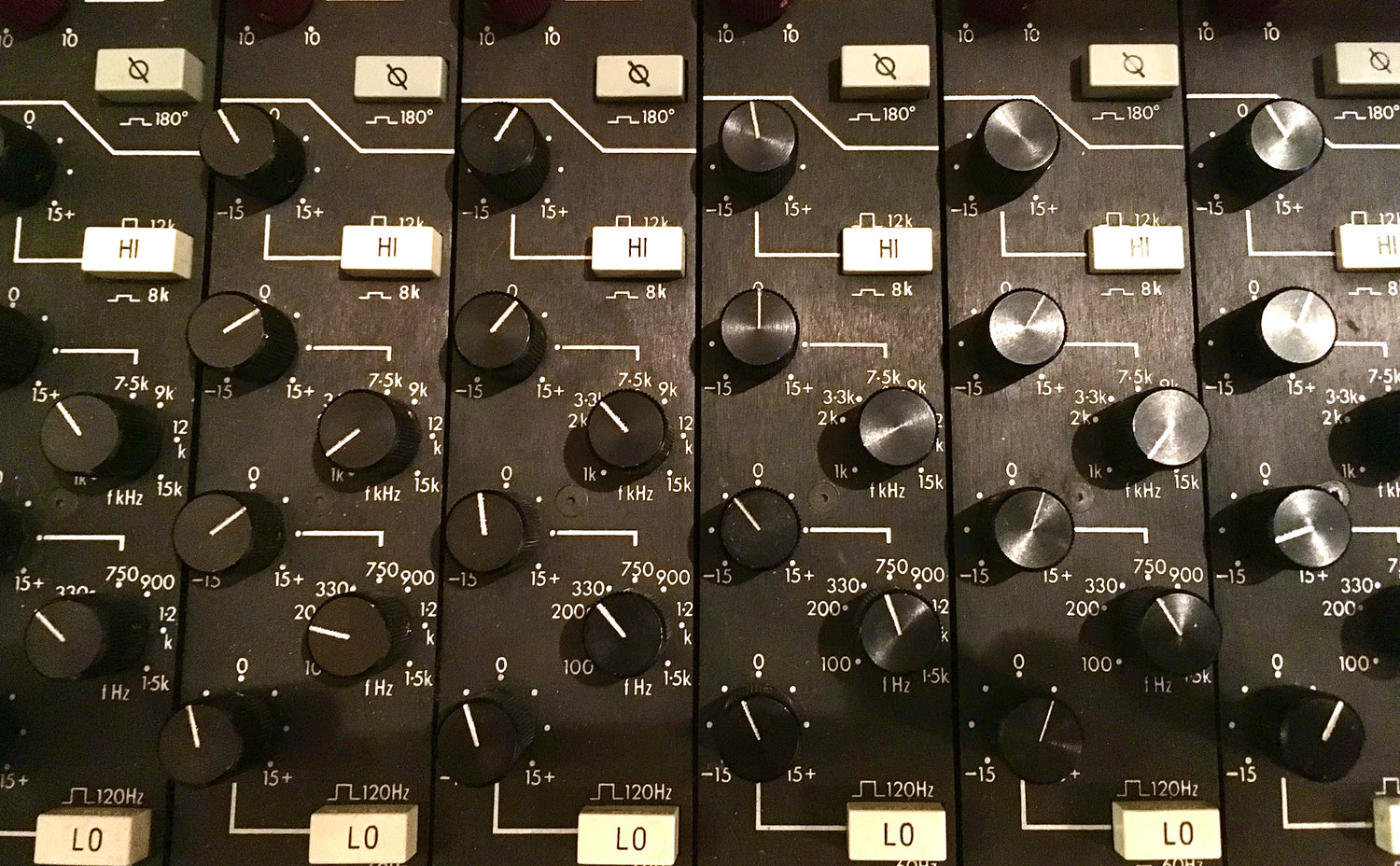
Equalization (EQ)
Engineers use EQ to adjust the balance of frequencies (bass, midrange, treble) to suit the vinyl format. Vinyl has limitations in how low certain sounds can be. For instance, deep bass can cause the needle to jump and cause the grooves to be too deep and wide, and very high frequencies will not translate well, and can cause distortion and create skips in the grooves. The mastering engineer will adjust the levels of different frequencies to ensure they all fit comfortably within the vinyl's range.
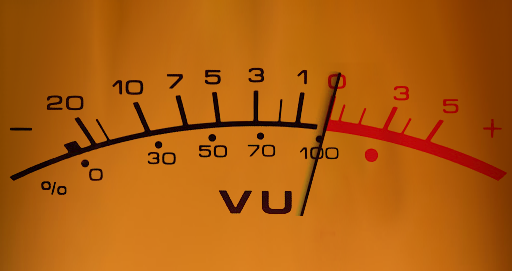
Managing Dynamic Range
Vinyl doesn't handle extremely quiet or extremely loud sounds as well as digital formats. Mastering engineers compress the dynamic range (the difference between the quietest and loudest parts) to make the audio sound good on vinyl.
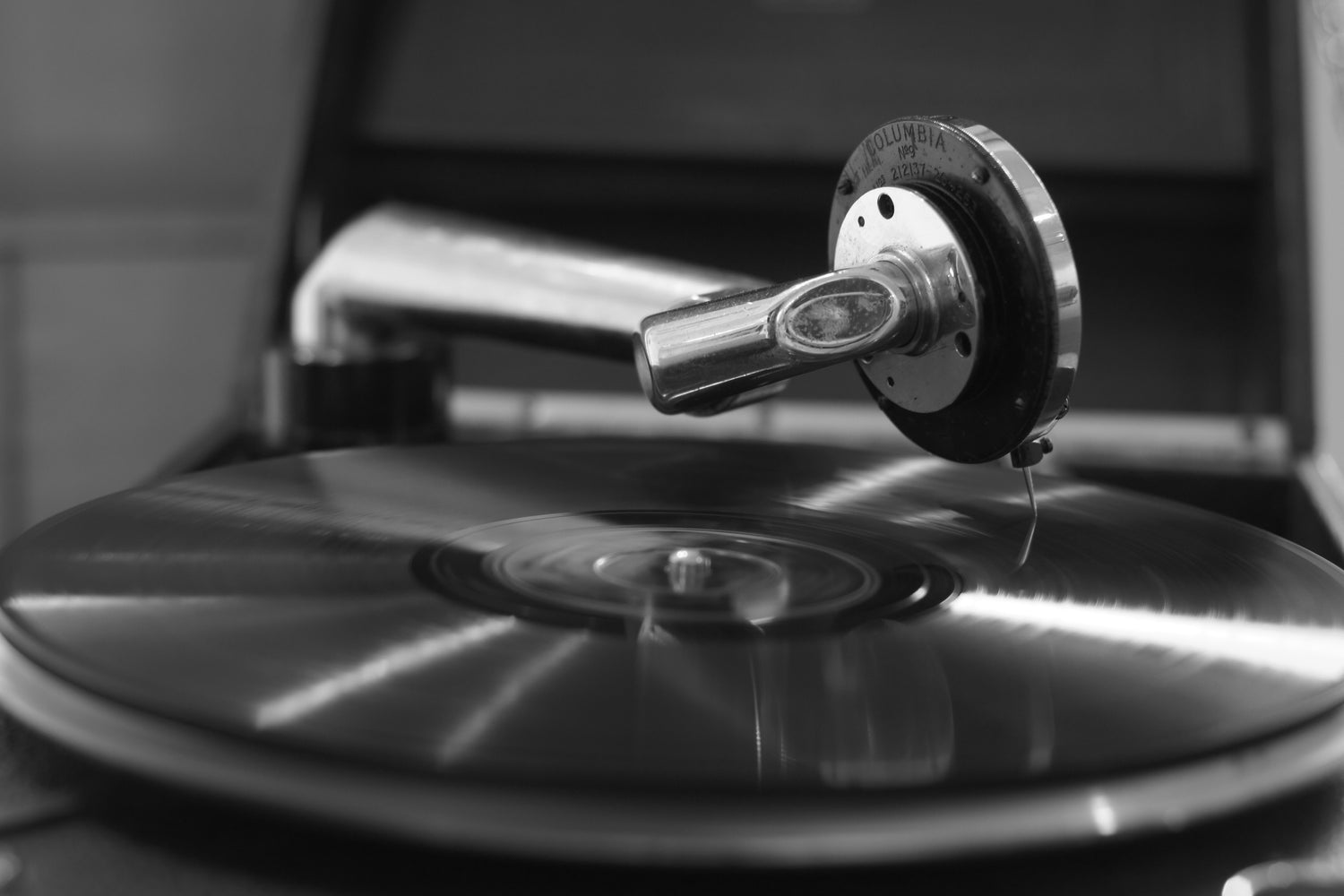
Physical Considerations
The actual groove in the vinyl needs to be cut in a way that can be accurately read by the record player's needle. This involves special care to avoid distortions and ensure that the grooves are clean and precise.
Overall, mastering for vinyl is about making sure that the music sounds as good as possible on this specific format, considering all its unique characteristics and limitations.
